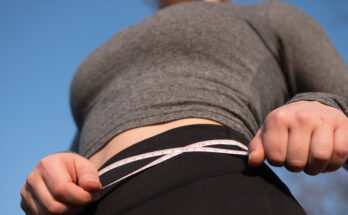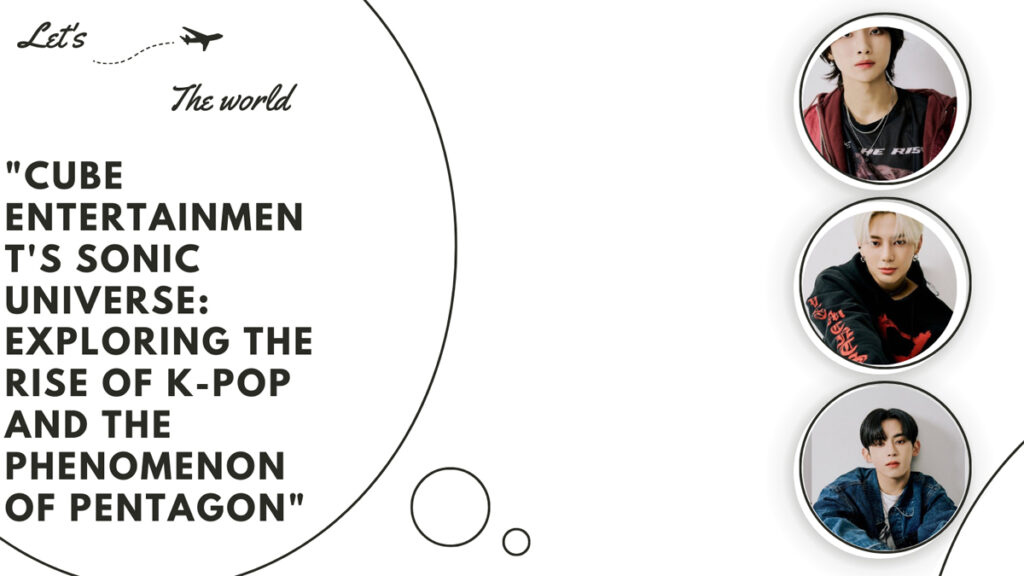
Unlocking the Secrets to Rapid Belly Fat Loss: Effective Strategies for a Flatter Stomach

Imphal March 12 , 2024 Imphal By Banti Phurailatpam
Belly fat, also known as visceral fat, is not only unsightly but also poses serious health risks, including cardiovascular disease, diabetes, and metabolic syndrome. While losing belly fat can be challenging, it’s not impossible with the right strategies and dedication. In this comprehensive guide, we explore effective and science-backed methods to help you lose belly fat fast and achieve a flatter stomach.
Understanding Belly Fat
Before diving into strategies for losing belly fat, it’s essential to understand the different types of fat in the body. Subcutaneous fat lies just beneath the skin and can be pinched with your fingers, while visceral fat is deeper and surrounds the internal organs, including the abdomen.
Visceral fat, particularly in the abdomen, is metabolically active and releases hormones and inflammatory substances that can lead to insulin resistance, inflammation, and other health issues. Targeting visceral fat is crucial for reducing belly fat and improving overall health.
1. Prioritize Cardiovascular Exercise
Cardiovascular exercise, also known as aerobic exercise, is one of the most effective ways to burn calories and reduce belly fat. Try to get in at least 150 minutes a 75 minutes per week of vigorous aerobic activity or moderate-to-intense aerobic activity. Include activities such as brisk walking, running, cycling, swimming, or dancing to elevate your heart rate and promote fat burning.
2. Incorporate High-Intensity Interval Training (HIIT)
High-Intensity Interval Training (HIIT) is a form of exercise that alternates between short bursts of intense activity and brief periods of rest or low-intensity exercise. HIIT has been shown to be highly effective for burning calories, increasing metabolism, and reducing belly fat. Incorporate HIIT workouts into your routine 2-3 times per week for maximum results.
3. Strength Training
Strength training exercises, such as weightlifting or bodyweight exercises, help build lean muscle mass, which can increase metabolism and promote fat burning, including belly fat. Include compound exercises that target multiple muscle groups, such as squats, deadlifts, lunges, and push-ups, in your strength training routine. Aim for at least 2-3 sessions per week, focusing on all major muscle groups.
4. Watch Your Diet
Diet plays a crucial role in losing belly fat and achieving a flat stomach. Make a point of consuming full, nutrient-dense foods, such as whole grains, fruits, vegetables, lean meats, and healthy fats. Limit processed foods, sugary snacks, refined carbohydrates, and excessive alcohol consumption, as these can contribute to belly fat accumulation.
5. Practice Portion Control
Controlling portion sizes is essential for managing calorie intake and promoting weight loss, including belly fat loss. Use smaller plates and bowls to help control portion sizes, and be mindful of serving sizes when preparing meals and snacks. Avoid mindless eating and pay attention to hunger and fullness cues to prevent overeating.
6. Increase Fiber Intake
Fiber-rich foods, such as fruits, vegetables, whole grains, and legumes, can help keep you feeling full and satisfied, reducing the likelihood of overeating and promoting weight loss, including belly fat loss. Aim to include fiber-rich foods in every meal and snack to support your weight loss goals.
7. Stay Hydrated
Drinking plenty of water throughout the day can help boost metabolism, suppress appetite, and promote fat burning, including belly fat loss. Aim to drink at least 8-10 glasses of water per day, and consider replacing sugary beverages with water or herbal tea to reduce calorie intake.
8. Get Adequate Sleep
Adequate sleep is crucial for overall health and can impact weight loss and metabolism, including belly fat loss. Aim for 7-9 hours of quality sleep per night, and establish a regular sleep schedule to optimize your sleep habits. Poor sleep quality and insufficient sleep duration have been linked to increased appetite, cravings for unhealthy foods, and weight gain.
9. Manage Stress
Chronic stress can contribute to weight gain and hinder weight loss efforts, including belly fat loss, by triggering overeating, emotional eating, and unhealthy coping mechanisms. Practice stress-reducing techniques such as deep breathing, meditation, yoga, or mindfulness to manage stress effectively. Prioritize self-care activities that promote relaxation and rejuvenation, such as spending time outdoors, engaging in hobbies, or socializing with loved ones.
10. Be Patient and Persistent
Losing belly fat takes time and consistent effort, so be patient with yourself and stay committed to your goals. Celebrate small victories along the way, and focus on making sustainable lifestyle changes that promote long-term health and well-being. With dedication, discipline, and the right strategies, you can achieve a flatter stomach and improve your overall health and confidence.
Unlocking the Secrets to Rapid Belly Fat Loss: Effective Strategies for a Flatter Stomach Read More

















